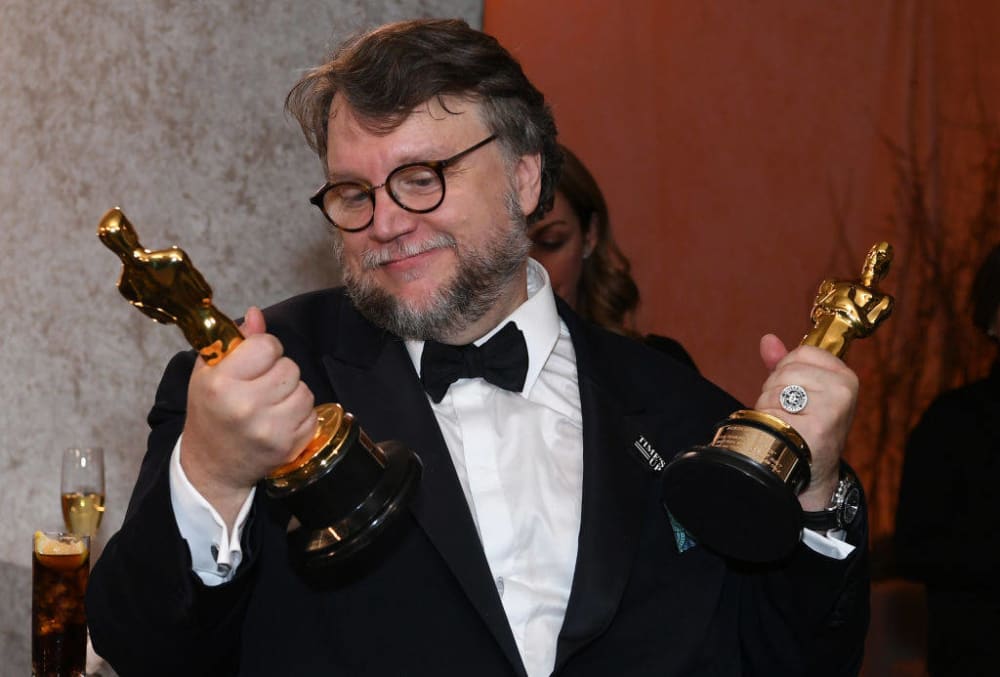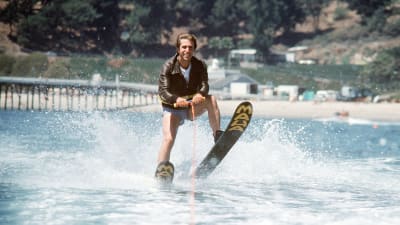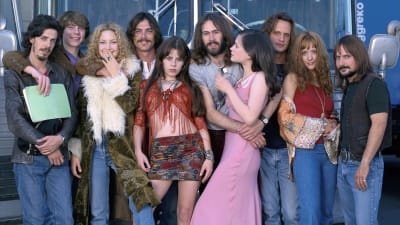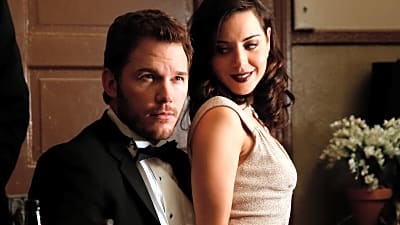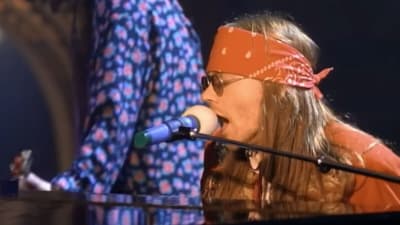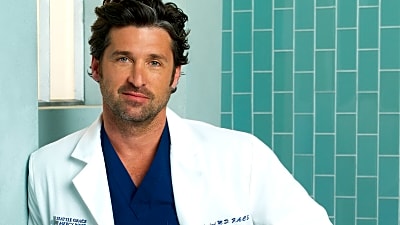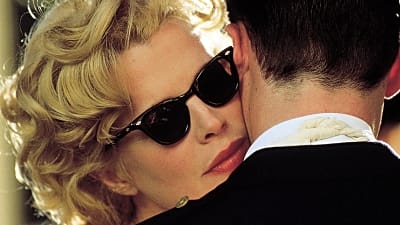
How David Cronenberg, master of body horror, changed cinema
There was no shortage of violence and gore on movie screens in the mid-1970s. The meat grinder that was the Vietnam War was barely in the rearview, and filmmakers were still feeding off the fury and disillusionment that the brutally prolonged conflict had engendered. No genre expressed this disgust more vividly or viciously than horror. It was the time of MPAA-challenging provocations like Wes Craven’s “The Last House on the Left” (1971) and Tobe Hooper’s “The Texas Chain Saw Massacre” (1974). Even in box office smashes like “The Exorcist” (1971) and “Jaws,” terror was being communicated and processed almost exclusively on a visceral level.
The cool, clinical, Canadian approach of David Cronenberg was precisely what genre fans didn’t know they needed. The master of body horror, who turns 75 on March 15, didn’t exactly take the movie world by storm in 1976 with his first feature, “Shivers.” Slapped on the second half of a double bill with the cheaply nihilistic “Snuff,” Cronenberg’s low-budget shocker, in which residents of a luxury high-rise are driven insatiably mad by an aphrodisiacal parasite, came and went as quickly as its characters (though Roger Ebert complimented the filmmaker for using “invention and imagination to replace expensive shock effects”).
1977’s “Rabid” was more widely seen (thanks primarily to the stunt casting of porn star Marilyn Chambers as a woman who develops a vampiric, vagina-like orifice in her armpit), but it was the literally mind-blowing telekinetic fireworks of 1981’s “Scanners” that brought Cronenberg to the fore. Moviegoers flocked to see the exploding head (courtesy of makeup f/x maestro Dick Smith), and studios took note of the box office grosses.
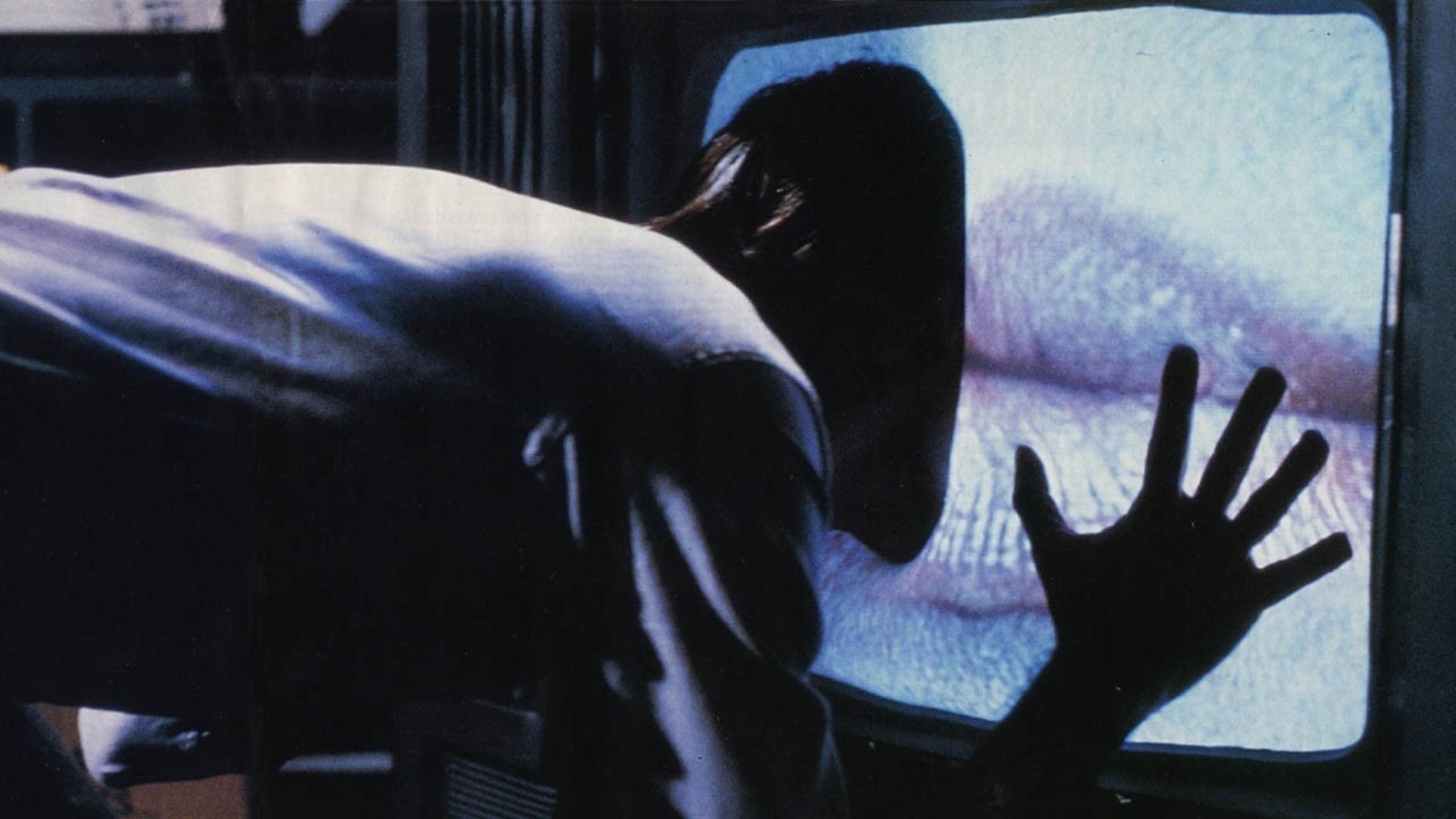
As a horror filmmaker, Cronenberg was operating at the height over his next four movies. “Videodrome” was a box office flop in 1983, but the ambitious multimedia nightmare found a devoted cult following on video on the strength of its surreally gruesome imagery (e.g. James Woods inserting a videotape into his torso). That same year, Cronenberg proved he could rein in his wildly grotesque instincts to craft a conventional horror film with his moving (and eerily prescient) adaptation of Stephen King’s “The Dead Zone.”
Cronenberg’s next two movies would be his masterpieces. He brought A-plus artistry to his 1986 remake of the Vincent Price B-movie “The Fly,” transforming the pulp premise of a scientist who physically deteriorates after accidentally merging genes with an insect into an emotionally devastating AIDS allegory. He then began his transition to dramatic works with his next (and finest) film, “Dead Ringers,” starring Jeremy Irons as brilliant identical twin gynecologists who spiral downward into addiction, madness and murder.
It is impossible to imagine today’s horror landscape without Cronenberg. He classed up the genre at a time when mindless slasher films cluttered video store shelves, and he did so while still getting to graphically indulge his every stomach-turning whim. Though he backed away from overt body horror after the twisted one-two of “Crash” (1996) and “eXistenZ” (1999), he hasn’t stopped probing the darkest corners of the human psyche; his 2005 thriller “A History of Violence” is an essential post-9/11 rumination on the unexpected repercussions of righteous killing.
As for his influence on younger filmmakers, that's easily assessed. There’s a whole Wikipedia page devoted to the subgenre he popularized, and numerous new classics – e.g. Darren Aronofsky’s “Black Swan” (2010), Takashi Miike’s “Audition” (1999) and Julia Ducournau’s “Raw” (2017) – scattered throughout that list. He contaminated us all.
More must-reads:
Breaking News
Trending in Entertainment
Customize Your Newsletter
 +
+
Get the latest news and rumors, customized to your favorite sports and teams. Emailed daily. Always free!
